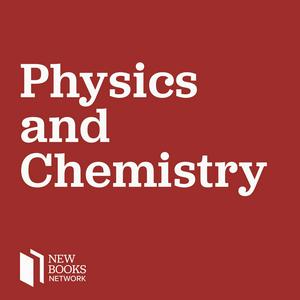Alan Lightman, "Einstein's Dreams" (Vintage, 1992)
Einstein’s Dreams (Vintage, 1992) by Alan Lightman, set in Albert Einstein’s “miracle year” of 1905, is a novel about the cultural interconnection of time, relativity and life. As the young genius creates his theory of relativity, in a series of dreams, he imagines other worlds, each with a different conceptualization of time. In one, time is circular, and people are destined to repeat triumphs and failures over and over. In another, time stands still. In yet another, time is a nightingale, trapped by a bell jar.
Translated into over thirty languages, Einstein’s Dreams has inspired playwrights, dancers, musicians and artists around the world. In poetic vignettes, Alan Lightman explores the connections between science and art, creativity and the rhythms of life, and ultimately the fragility of human existence.
This conversation includes Alan Lightman (MIT), Jeffrey Herlihy-Mera and Annette Martínez-Iñesta, of the Departamento de Humanidades at the Universidad de Puerto Rico-Mayagüez (UPRM), and Joshua Chaparro Mata, a UPRM graduate and doctoral student in Applied Physics at Yale. They discuss dreaming as a scientific and creative resource; the importance of Berne, Switzerland, in the thought of Einstein and Lightman; Lightman’s precise and harmonious poetics; the role of technology in contemporary life; and the course Lightman’s life, experiences and creative process.
This is the second of two episodes about Einstein’s Dreams. The first, in Spanish, appeared on the New Books Network en español. The series is sponsored by the Lenguaje focal group at Instituto Nuevos Horizontes at UPRM, a group of scholars who consider how translanguaging can provide unique dimensions to knowledge.
This episode and the Instituto Nuevos Horizontes at the UPRM have been supported by the Mellon Foundation. The conversation is part of the “STEM to STEAM” project of the “Cornerstone” initiative, sponsored by the Teagle Foundation, which stresses the importance of integrating humanistic perspectives in the sciences.
Books, scholars, articles and podcasts mentioned in this conversation include:
In Praise of Wasting Time, Alan Lightman.
Mr g, Alan Lightman.
Invisible Cities, Italo Calvino.
Cities I’ve Never Lived In, Sara Majka.
“Academic Life without a Smartphone,” Inside Higher Ed, Jeffrey Herlihy-Mera.
The Hemingway Society Podcast.
Carlos Alberto Peón Casas.
Learn more about your ad choices. Visit megaphone.fm/adchoices
